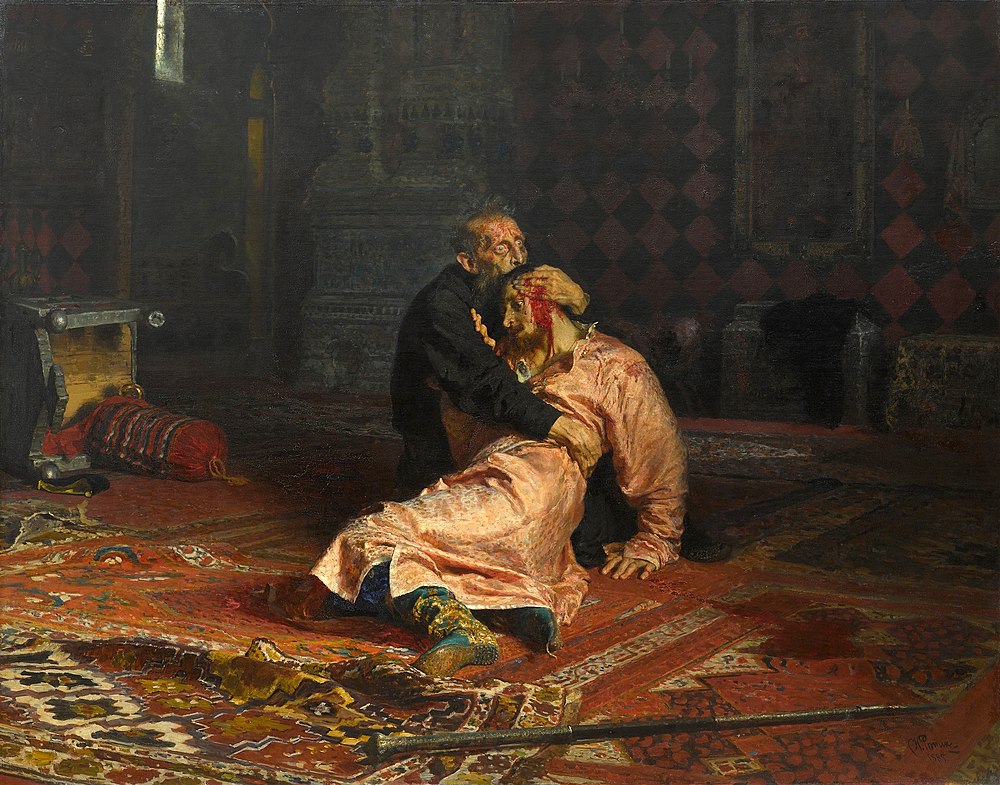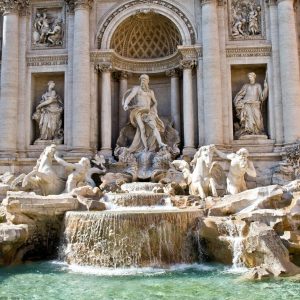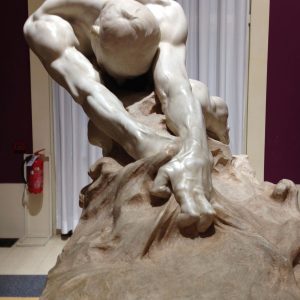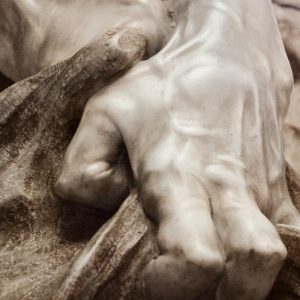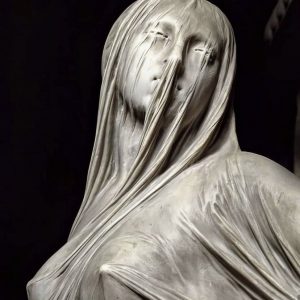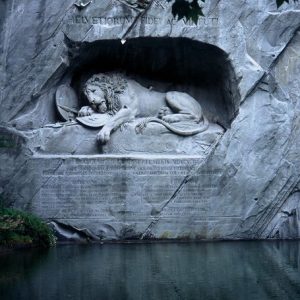“Ivan the Terrible and His Son Ivan” is one of the most famous and controversial works by renowned Russian realist Ilya Repin. Depicting a grief-stricken Tsar Ivan the Terrible cradling his mortally wounded son, this emotionally charged masterpiece captures a tragic moment that would shape the course of Russian history. Let’s explore the story behind this painting and what makes it such a enduring icon of Russian art.
Repin painted “Ivan the Terrible and His Son Ivan” between 1883-1885, at a time of great political turmoil in Russia. Just two years prior in 1881, Tsar Alexander II was assassinated by revolutionaries, an event witnessed firsthand by Repin. The bloody vengeance against the assassins clearly had an impact on the artist – themes of violence, death and murder began to permeate his work. A visit to Western Europe in 1883, where Repin attended bloody bullfights, further compelled him to depict the shocking brutality he had witnessed.
For Repin, there were clear parallels between these contemporary acts of violence and a notorious episode from 300 years prior – when in a fit of rage, Ivan the Terrible struck his son and heir Ivan Ivanovich in the head with a pointed staff, dealing a mortal blow. Consumed by this historical scene, Repin threw himself into creating a monumental painting that would capture the horrific moment and its tragic aftermath.
At nearly 6 x 8 feet, the massive canvas required a painstaking process, with Repin making frequent corrections and reworking sections. For models, he turned to friends and acquaintances – the face of Tsar Ivan was based on artist Grigoriy Myasoyedov, while writer Vsevolod Garshin posed for the dying Tsarevich Ivan. Repin was particularly drawn to Garshin, writing “There is a predestination in Garshin’s face that struck me. He has the face of a man irreparably condemned to perish.”
This sense of inescapable tragedy permeates the entire painting. Set in the shadowy opulence of a Kremlin palace chamber, “Ivan the Terrible and His Son Ivan” depicts the devastating aftermath rather than the act of violence itself. A distraught Ivan clutches his son’s limp body, eyes bulging with despair and madness. The Tsarevich, tears streaking his face, weakly raises a hand as if to forgive his father even as blood pours from his head wound. Scattered around them are discarded objects foreshadowing the disarray to come – an overturned throne, the murderous scepter abandoned on a crumpled rug.
Using a palette built around shades of red, from scarlet to crimson to deep burgundy, Repin creates a composition that almost pulsates with barely-contained anguish and impending doom. Flashes of illuminating white and green only heighten the work’s emotional intensity. The result is a painting that, in the words of Repin’s contemporaries, is “a veritable orchestra” and “a parable on the commandment ‘thou shalt not kill’.”
But “Ivan the Terrible and His Son Ivan” is more than just a historical scene – it held unmistakable symbolism for Repin’s day. Many saw clear parallels between the unstable Ivan and Russia’s contemporary Tsars. For some, the painting depicted the inescapable cycle of violence that plagued Russian autocracy. Even more radically, it could be read as indictment of Russia’s entire patriarchal system, with generations of sons sacrificed for their father’s agendas or madness. It’s no wonder the Tsar Alexander III was disturbed by the painting and banned its exhibition upon first viewing.
Despite being the first painting censored by the Russian Empire, “Ivan the Terrible and His Son Ivan” has endured as one of Russia’s most famous and impactful artworks. Considered Repin’s most psychologically complex work, it continues to haunt viewers with its raw depiction of anguish, guilt and the specter of violence that has shaped so much of Russian history. Sadly, the painting itself has been the target of violence as well – it was slashed by knife-wielding vandals in both 1913 and 2018. But it has been lovingly restored each time, a testament to the importance of this masterpiece.
Repin’s “Ivan the Terrible and His Son Ivan” remains a powerful artistic statement over a century later. In the agonized forms of both father and son, it captures the complex national psyche of Russia and the often self-destructive cycles of tyranny, rebellion, and historical trauma. Instantly recognizable and always thought-provoking, this painting is a testament to the emotional intensity great art can achieve in wrestling with the darkest chapters of human experience.

